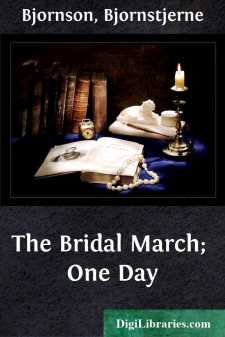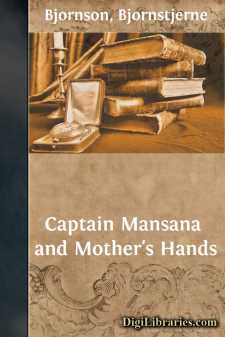Categories
- Antiques & Collectibles 13
- Architecture 36
- Art 48
- Bibles 22
- Biography & Autobiography 813
- Body, Mind & Spirit 142
- Business & Economics 28
- Children's Books 17
- Children's Fiction 14
- Computers 4
- Cooking 94
- Crafts & Hobbies 4
- Drama 346
- Education 46
- Family & Relationships 57
- Fiction 11829
- Games 19
- Gardening 17
- Health & Fitness 34
- History 1377
- House & Home 1
- Humor 147
- Juvenile Fiction 1873
- Juvenile Nonfiction 202
- Language Arts & Disciplines 88
- Law 16
- Literary Collections 686
- Literary Criticism 179
- Mathematics 13
- Medical 41
- Music 40
- Nature 179
- Non-Classifiable 1768
- Performing Arts 7
- Periodicals 1453
- Philosophy 64
- Photography 2
- Poetry 896
- Political Science 203
- Psychology 42
- Reference 154
- Religion 513
- Science 126
- Self-Help 84
- Social Science 81
- Sports & Recreation 34
- Study Aids 3
- Technology & Engineering 59
- Transportation 23
- Travel 463
- True Crime 29
The Bridal March; One Day
Categories:
Description:
Excerpt
THE BRIDAL MARCH
There lived last century, in one of the high-lying inland valleys of Norway, a fiddler, who has become in some degree a legendary personage. Of the tunes and marches ascribed to him, some are said to have been inspired by the Trolls, one he heard from the devil himself, another he made to save his life, &c., &c. But the most famous of all is a Bridal March; and its story does not end with the story of his life.
Fiddler Ole Haugen was a poor cottar high among the mountains. He had a daughter, Aslaug, who had inherited his cleverness. Though she could not play his fiddle, there was music in everything she did—in her talk, her singing, her walk, her dancing.
At the great farm of Tingvold, down in the valley, a young man had come home from his travels. He was the third son of the rich peasant owner, but his two elder brothers had been drowned in a flood, so the farm was to come to him. He met Aslaug at a wedding and fell in love with her. In those days it was an unheard-of thing that a well-to-do peasant of old family should court a girl of Aslaug's class. But this young fellow had been long away, and he let his parents know that he had made enough out in the world to live upon, and that if he could not have what he wanted at home, he would let the farm go. It was prophesied that this indifference to the claims of family and property would bring its own punishment. Some said that Ole Haugen had brought it about, by means only darkly hinted at.
So much is certain, that while the conflict between the young man and his parents was going on, Haugen was in the best of spirits. When the battle was over, he said that he had already made them a Bridal March, one that would never go out of the family of Tingvold—but woe to the girl, he added, whom it did not play to church as happy a bride as the cottar's daughter, Aslaug Haugen! And here again people talked of the influence of some mysterious evil power.
So runs the story. It is a fact that to this day the people of that mountain district have a peculiar gift of music and song, which then must have been greater still. Such a thing is not kept up without some one caring for and adding to the original treasure, and Ole Haugen was the man who did it in his time.
Tradition goes on to tell that just as Ole Haugen's Bridal March was the merriest ever heard, so the bridal pair that it played to church, that were met by it again as they came from the altar, and that drove home with its strain in their ears, were the happiest couple that had ever been seen. And though the race of Tingvold had always been a handsome race, and after this were handsomer than ever, it is maintained that none, before or after, could equal this particular couple.
With Ole Haugen legend ends, and now history begins. Ole's bridal march kept its place in the house of Tingvold. It was sung, and hummed, and whistled, and fiddled, in the house and in the stable, in the field and on the mountain-side. The only child born of the marriage, little Astrid, was rocked and sung to sleep with it by mother, by father, and by servants, and it was one of the first things she herself learned. There was music in the race, and this bright little one had her full share of it, and soon could hum her parent's triumphal march, the talisman of her family, in quite a masterly way.
It was hardly to be wondered at that when she grew up, she too wished to choose her lover. Many came to woo, but at the age of twenty-three the rich and gifted girl was still single. The reason came out at last. In the house lived a quick-witted youth, whom Aslaug had taken in out of pity. He went by the name of the tramp or gipsy, though he was neither. But Aslaug was ready enough to call him so when she heard that Astrid and he were betrothed....








